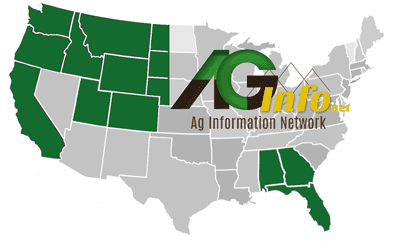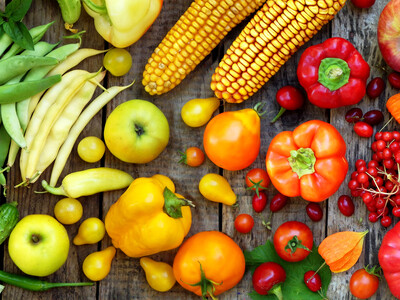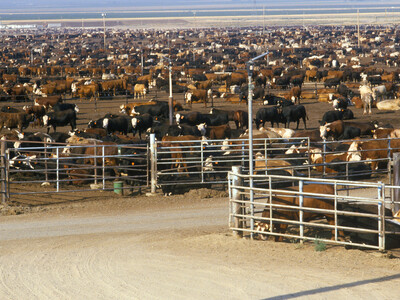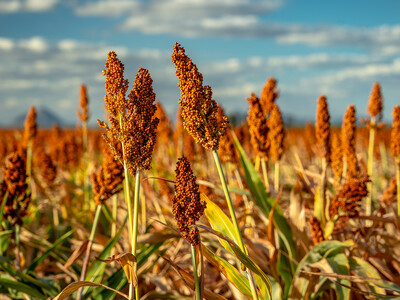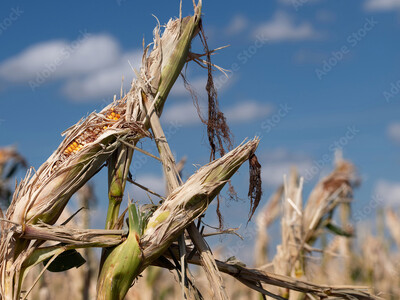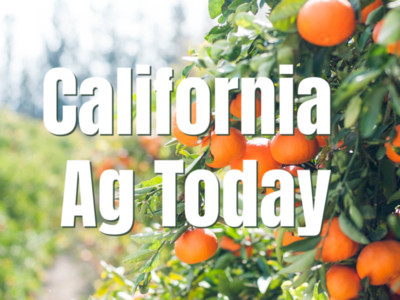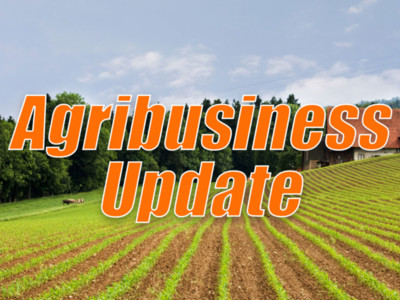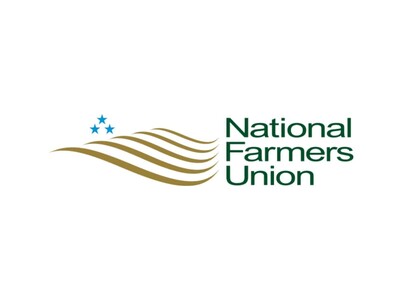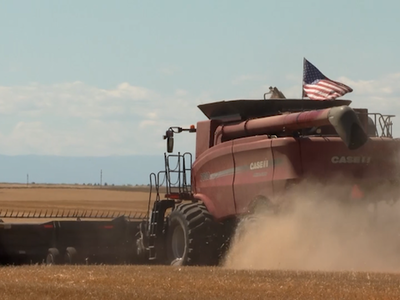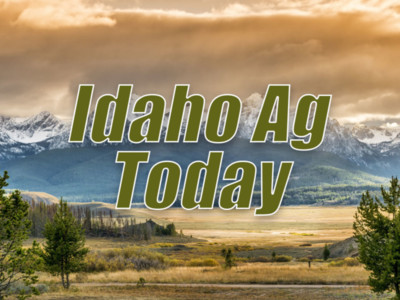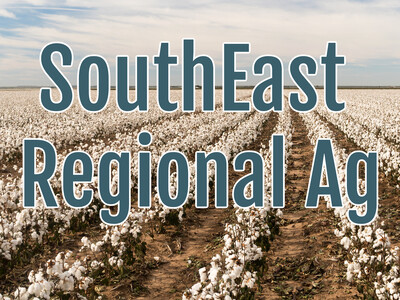Part 1: American Farm Bureau Federation on Status of Ag Economics

Lorrie Boyer
Reporter
“What happened was, we had a very short but powerful recession at that point in time, and there was a lot of money produced that caused the inflation that got us to where we're at today. But what also happened during that time is we had that drought scenario. You know, we had a back-to-back to back drought, and that fueled some changes both on the grain side and on the livestock side. You know, the drought is causing tighter supplies in our grains and also causing some troubled conditions in our livestock sector.”
While grains have the ability to change seasonally, livestock takes more time, according to Nelson.
“We had a lot of farmers facing these elevated input costs from inflation, while at the same time facing these drought conditions. And so in the livestock sector, that caused a lot of people to make decisions about whether to hang on to cattle, to liquidate some of the herd, to get out altogether. And we saw kind of a combination of all of the above in livestock to get us to some of the lower inventory levels where we're at today.”
In part two, Nelson discusses the importance of a written marketing plan.
